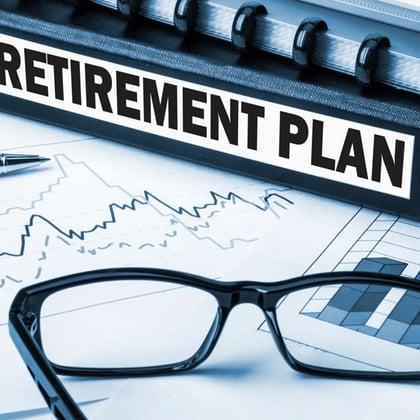What You Need to Know
- The percentage of John Hancock DC plan participants reaching retirement readiness dipped slightly with the pandemic.
- Most participants under 50, and those earning $50,000-$100,000 a year, stayed on track for secure retirement.
- John Hancock says 3.4% of plan participants took COVID-related distributions.
A study released Monday by John Hancock Retirement examines the retirement readiness of more than 1 million participants in John Hancock defined contribution plans in the pandemic era.
The study found that the percentage of participants achieving retirement readiness dipped slightly, from 49.6% on Sept. 30, 2019, to 47.9% on the same date in 2020.
“The data we observed into and through a challenging 2020 is actually quite encouraging,” Lynda Abend, chief data officer at John Hancock Retirement, said in a statement. “It reinforces the roles that participant engagement, plan design and the resilience of retirement savers play in keeping people on track toward a secure retirement.”
John Hancock defines retirement readiness at a plan level as the projected ability for participants to replace 70% or more of their workplace earnings in retirement.
For the study, researchers derived data from John Hancock’s open-architecture platform, which included 1.1 million participants, 1,076 plans and $76.6 billion in assets under management as of Sept. 30, 2020.
Key Findings
Considering the pandemic’s effect on personal finances, the dip in retirement readiness was not too alarming, but bears close monitoring, according to the study.
Most participants younger than 50, along with those earning between $50,000 and $150,000 per year, remained on track for a secure retirement. Participants between 30 and 39 exhibited the most retirement readiness at 64%, followed by those younger than 30 at 58% and participants 40 through 49 at 52%.
The study found that average account balances tracked the market’s dip and recovery last year. Only a tiny percentage of participants moved money to non-equity investments when global equity markets suddenly plummeted in early spring.
The vast majority benefited from the eventual rebound, and enjoyed average account balances that remained close to even in the period from March through September.
Accounts held by those under 30 had the best average return over this stretch, at 5.1%. In contrast, account balances for those 60 and older decreased by 2.6%.









 February 22, 2021 at 02:29 PM
February 22, 2021 at 02:29 PM










